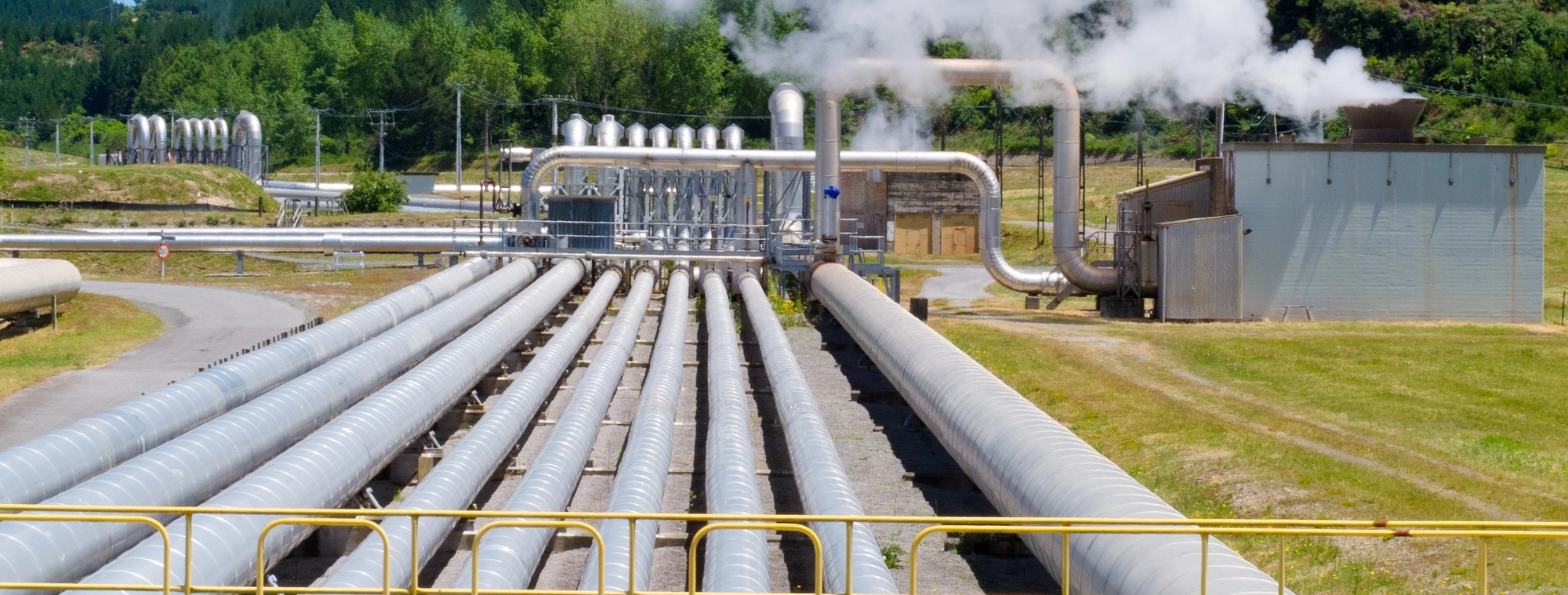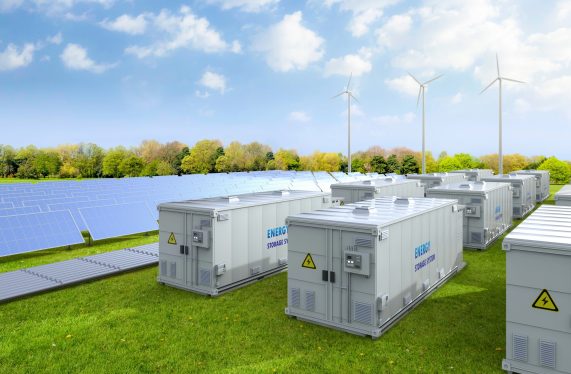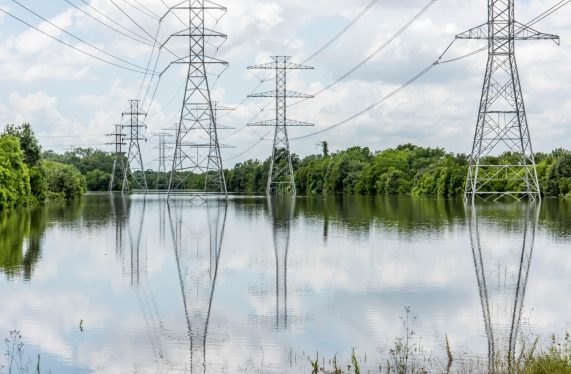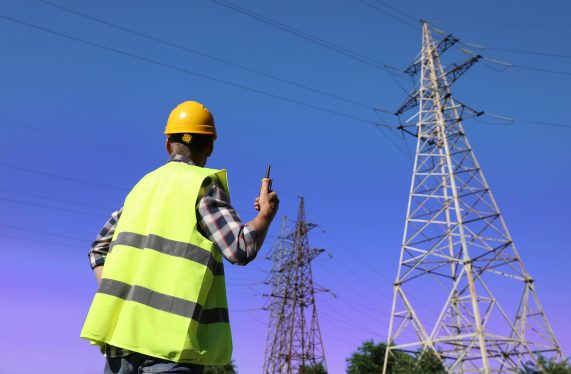On a global scale, geothermal energy emerges as a powerful tool for reducing carbon emissions and promoting sustainable practices.
Despite its previous underestimation in Greece, geothermal energy now holds a central position in the environmental policy agenda of the European Union, contributing to efforts for decarbonization and a transition towards more sustainable energy sources.
Geothermal energy represents a mild and renewable source of energy produced by exploiting the underground geothermal potential.
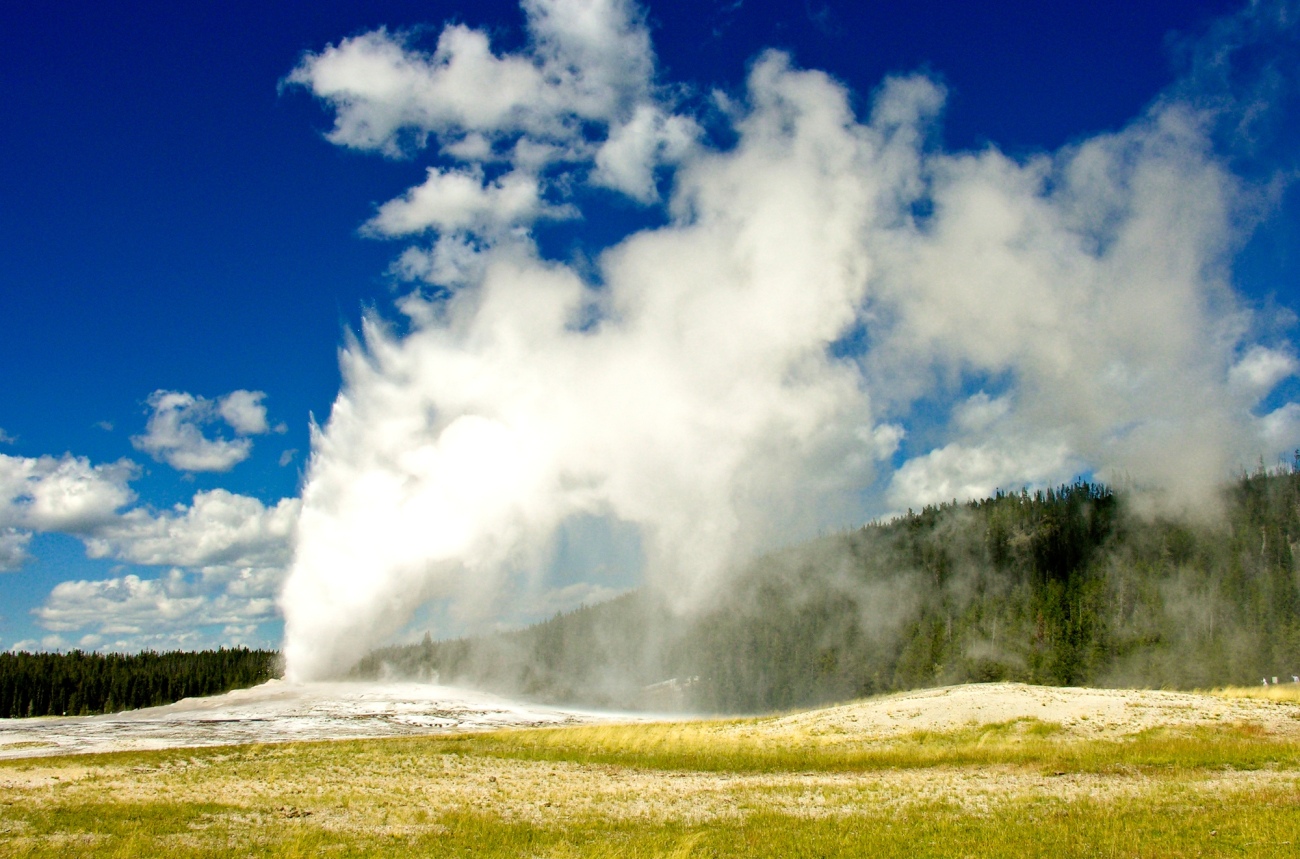
It has minimal to zero environmental footprint
and can, with current technological capabilities, generate either thermal
and/or electrical energy. (1)
Geothermal energy is a multidimensional and flexible energy source, as geothermal fields are classified into different categories depending on their temperature level.
In the high enthalpy category (above 150℃), the heat is mainly used to generate electricity.
In the medium enthalpy (90 to 150 ℃), the heat can be used to generate electricity, but it is mainly used for heating. In low enthalpy (25 to 90℃), heat is utilized for space heating, greenhouse, fish farms and fresh water production.
Finally, very low enthalpy (with a temperature of less than 25℃) is used for heating and cooling buildings.
Greece is a country rich in geothermal resources due to its lithospheric plates and intense volcanic activity.
The islands of the volcanic arc of the Aegean Sea, mainly Milos and Nisyros, host high enthalpy fields, while extensive geothermal fields are concentrated in Northern Greece.
In particular, Central and Eastern Macedonia, Thrace, and the Eastern Aegean, including the islands of Chios and Lesvos, emerge as areas with significant geothermal resources.
This means that the exploitation of geothermal heat in Greece could meet a significant part of the energy needs in areas where such resources are available.
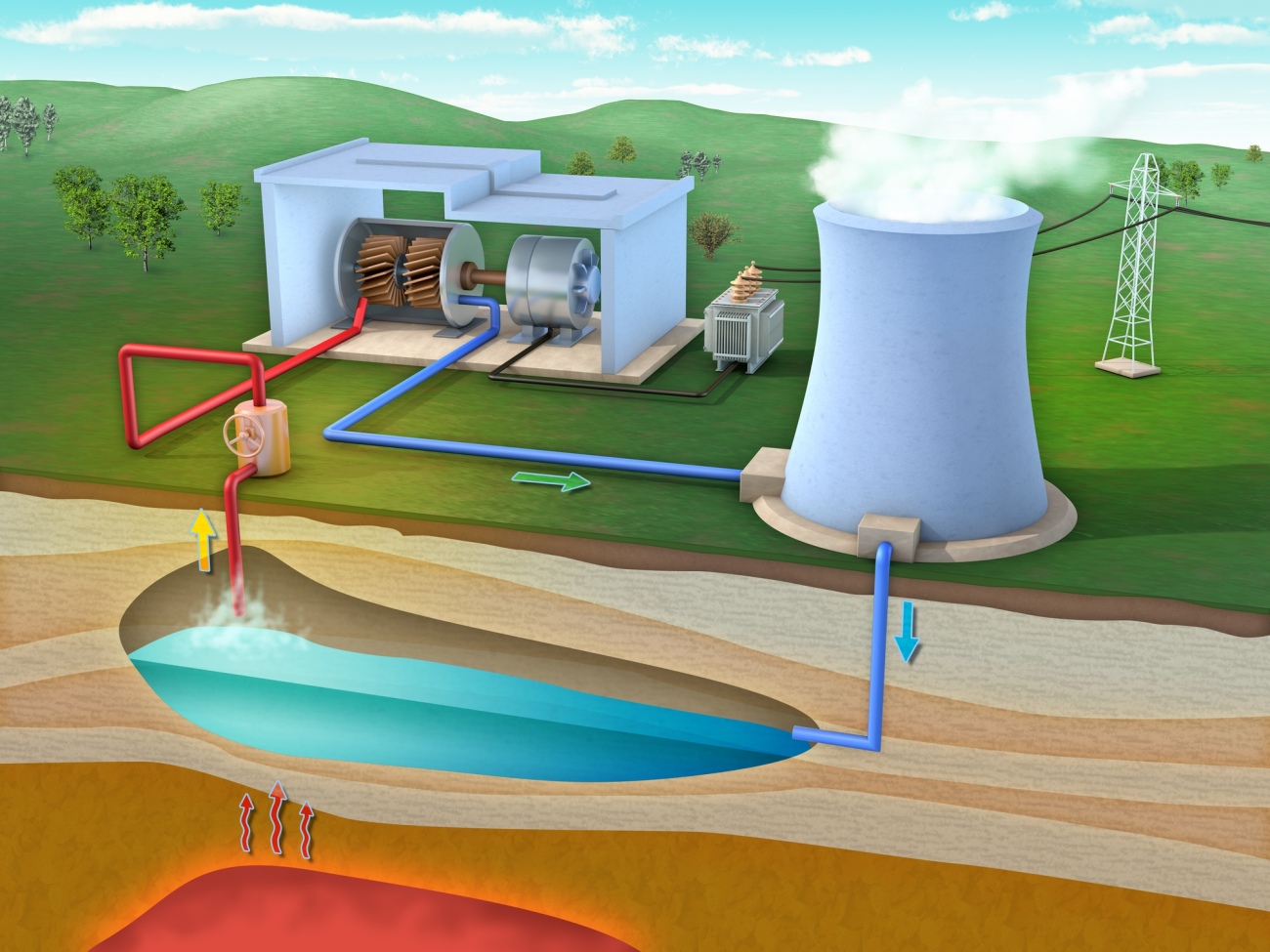
In the endeavors to advance geothermal energy in Greece, there unfolds a historical trajectory fraught with challenges and contradictions.
Despite the abundance of geothermal resources spanning high, medium, and low enthalpy categories at economically viable depths (100-1500m), Greece remains in a nascent stage of geothermal development, particularly in the realm of high-enthalpy geothermal energy.
Pivotal factors contributing to this delay encompass the absence of financial and investment incentives, insufficient infrastructure, a lack of suitable planning, and challenges in the licensing procedures.
Indicatively, in the 1980s, the Public Electricity Company (PPC) tried to exploit geothermal resources in Nisyros to produce electricity.
However, due to poor government management and technical weaknesses, the project failed. A similar failed attempt took place in Milos, where technical problems and environmental difficulties caused opposition from the local population.
In modern Greece, the development of geothermal energy is focused on overcoming the challenges and failures of the past.
The modern approach to the development of geothermal energy in Greece is outlined in Law 4602/2019 (GG 45/A/9-3-2019).
This legislative initiative establishes new frameworks and procedures to support investments in geothermal energy projects, thus providing the appropriate conditions for the sustainable development of this energy source.
Following the law, geothermal energy emerges as a significant tool for achieving Greece's energy goals and is integrated into the National Plan for Energy and Climate (NPEC), aiming at reducing CO2 emissions, enhancing energy efficiency, resource conservation, and sustainable development.
According to estimates, the share of geothermal energy in the country's electricity production is expected to reach 0.1 GW by 2030.
Additionally, expectations from pilot projects implemented through previous programs indicate that geothermal energy can be a crucial factor for energy self-sufficiency and economic growth.
Specifically, the Eratino field in Kavala is considered an indicative example of successful geothermal exploitation. Investments in this field have boosted employment and contributed to attracting more investments.
Furthermore, the geothermal fields in Eastern Macedonia and Thrace are included in the flagship projects of the NSRF 2021-2027, highlighting the significance given to this energy source.
Experiences from neighboring countries, such as Italy and Turkey, which have developed geothermal electricity generation exceeding 2.8 GW by 2021, indicate that with the right strategic and investment approach, Greece can harness its geothermal potential to create a sustainable and clean future.
Overall, the utilization of geothermal energy emerges as a step towards achieving Greece's goals in the energy and environmental sector, contributing to the formation of a more sustainable energy landscape.
(1) https://ypen.gov.gr/energeia/ape/technologies/geothermia/
